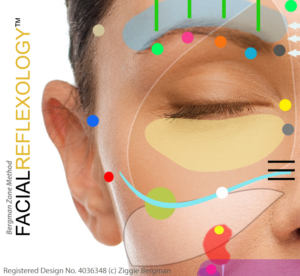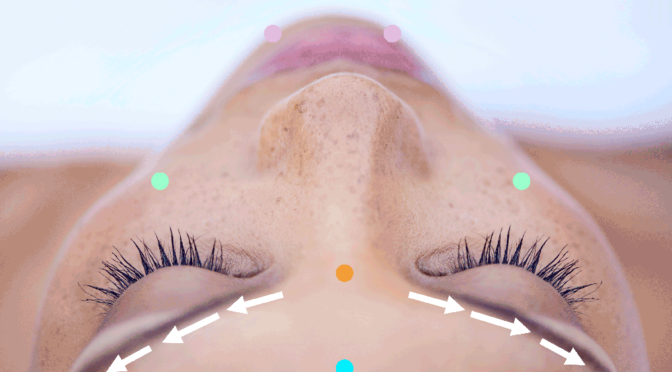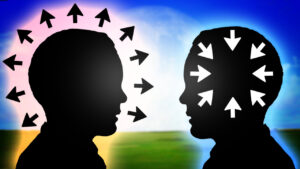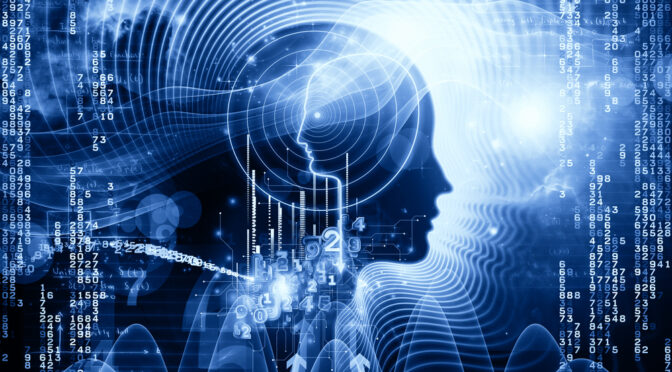Reflexology has been used since ancient times, in Egypt, India, China and even among the American Indians. It was introduced to the West by Dr William Fitzgerald who developed “Zone Theory” in which areas on the feet, hands and head were linked to other areas and organs of the body within the same zone.

From 1913 to about 1920 three Medical Physicians: Dr. William H. Fitzgerald, Dr. Edwin F. Bowers and Dr.George Starr White were developing the foundations of Zone Theory.
Dr. Joseph Riley became interested in the subject and tried it on a great number of his patients contributing its development and whilst Dr. Fitzgerald created the Zone Therapy body chart we still use today, Riley created a Face map of body reflexes.
The face was always included, however in the 1930’s Eunice Ingham, who further developed Zone Theory into what we know as Reflexology was passionate about the feet. Therefore she focused on this aspect of Reflexology.
What’s involved?
You usually will take a brief consultation, the treatment starts with a simple cleansing and preparation of the face. The therapist then gently stimulates a series of points on the client’s face using special Reflexology techniques with a healing intent. The quality of touch is very important, and this combines with the techniques to make the client feel really looked after. The Reflexology sequence is accompanied by a unique face massage that incorporates the most effective natural facelifting techniques. Continue reading












